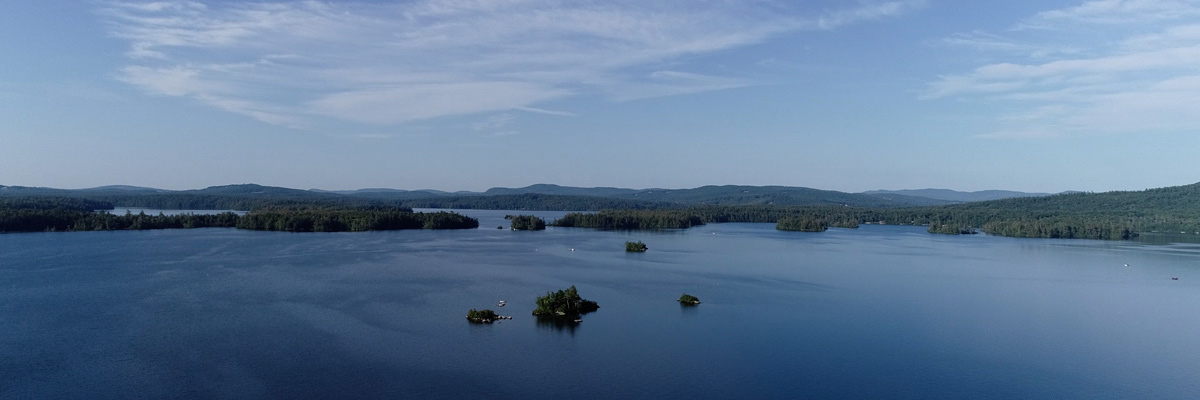
The Urgent Need for Action
The Urgent Need for Action…
Squam has long been an example of what a healthy lake should look like. Our deep basins, which SLA has been monitoring for over 40 years, show improvement in overall water quality over time, thanks largely to the Clean Water Act. The pH has been increasing – that is, improving – primarily as a result of regulations on power plants, which has reduced acid rain.
But unfortunately, this good news is misleading. For the past four decades, we have been tracking phosphorous, water clarity, temperature, dissolved oxygen, and chlorophyll (a proxy for algae) as measures of lake condition (trophic status). Though our monitoring picks up large-scale and long-term changes , our current monitoring process does not catch modern fast-moving threats to water quality, and these threats will have a major impact on the Squam Lakes if left unaddressed.
For example, Squam has a significant contamination issue from legacy chemicals – namely DDT and PCBs.
Long banned, these are persistent chemicals in the environment. They bind to soil and move into the lake through run-off. The levels of contamination are not high enough to trigger governmental full-scale remediation; however, the levels are high enough to impact the health of our wildlife and those furthest up the food chain through fish consumption – which is to say, humans. The Squam Watershed Plan, which focuses primarily on controlling run-off, will help keep contaminated soil out of the lake. Over time the impacts of these contaminants will lessen, but only if we keep more from coming in.
A second and troubling threat is cyanobacteria.
Cyanobacteria were once found primarily in degraded, shallow lakes. Now we are seeing more and more harmful algae blooms across the cleaner lakes throughout the country, and Squam is no exception. Though cyanobacteria are by no means ubiquitous here, we are seeing an increase, and this is not something that will be easy to restrict once it gains a foothold.
Cyanobacteria blooms are not merely unpleasant; they can be dangerous. Cyanotoxins have been linked to health issues in humans, and contact with cyanobacteria can have immediate and lethal effects on our pets. Again, the Squam Watershed Plan is designed to manage run-off, to help filter nutrients from the water before it gets into the lake, and to reduce the overall run-off and sediments moving into the lake. Cyanobacteria, like other algae, are driven by nutrient overloads in the water. This plan will help starve cyanobacteria of their food and will also help control other less harmful, but unpleasant algal blooms in the lakes.
Finally, the climate is shifting.
A changing climate can make it easier for invasive species to establish and thrive. The work the SLA does to eradicate invasives has never been more important. New England is warming quickly, and rain patterns and volumes are changing. The SLA cannot manage climate change, but implementing the Watershed Plan will ensure that as the climate continues to shift, Squam will remain a healthy lake. The healthier our ecosystems are, the more resilient they will be in the face of this change.
Extended Interview with Joe Boyer, PhD, Marine Science on the challenges to Squam Lake.
Extended Interview with Rebecca Hanson, Director of the Newfound Lake Region Association and Author of the Watershed Plan.